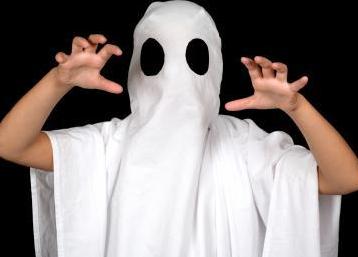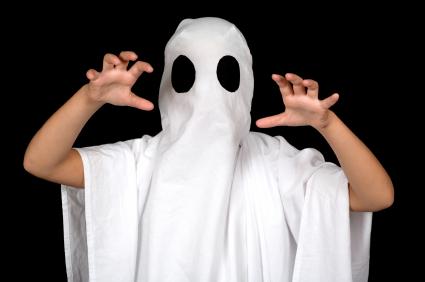 Kids are more likely to be fatally injured by a car on Halloween than any other day of the year—including the Fourth of July. Their costumes and treats can offer hazards as well.
Kids are more likely to be fatally injured by a car on Halloween than any other day of the year—including the Fourth of July. Their costumes and treats can offer hazards as well.
Parents need to keep this in mind when putting together a costume, planning a party and especially when going trick or treating. Drivers should also be especially careful in case a young ghost or goblin wanders into the street.
An analysis by Sperling’s BestPlaces and State Farm Insurance looked at more than 4 million records in the Fatality Analysis Reporting System from 1990 – 2010 for children 0-18 years of age on October 31.
There were 115 child pedestrian fatalities on Halloween over 21 years. That is an average of 5.5 fatalities each year on October 31, which is more than double the average number of 2.6 fatalities for other days.
“State Farm wants children to be safe every day of the year whether they are inside or outside of a car,” Kellie Clapper, assistant vice president of Public Affairs at State Farm, said in a statement. “The analysis of this data highlights the particular need for parents to be especially alert during Halloween.”
Nearly one-fourth (26 out of 115) of accidents occurred from 6:00 – 7:00 p.m. More than 60 percent of the accidents occurred in the four-hour period from 5:00 to 9:00 p.m. More than 70 percent of the accidents occurred away from an intersection or crosswalk.
Most of the fatalities occurred with children ages 12-15 (32 percent of all child fatalities), followed by children ages 5-8 (23 percent). Young drivers ages 15-25 accounted for nearly one-third of all fatal accidents involving child pedestrians on Halloween.
The Food and Drug Administration recommends parents feed kids a light meal or snack before trick or treating, to reduce the chance of snacking, and to no let them eat any treats until they’ve been examined at home. The FDA said kids also should not eat anything that isn’t commercially wrapped.
Parents of very young children should remove any choking hazards such as gum, peanuts, hard candies or small toys. The FDA said commercially wrapped treats should be examined for signs of tampering, such as an unusual appearance or discoloration, tiny pinholes or tears in wrappers. Anything that looks suspicious should be thrown away.
The U.S. Consumer Product Safety Commission also offers the following advice for parents on keeping kids safe during Halloween:
Treats: Warn children not to eat any treats before an adult has carefully examined them for evidence of tampering.
Flame Resistant Costumes: When purchasing a costume, masks, beards, and wigs, look for the label Flame Resistant. Although this label does not mean these items won’t catch fire, it does indicate the items will resist burning and should extinguish quickly once removed from the ignition source. To minimize the risk of contact with candles or other sources of ignition, avoid costumes made with flimsy materials and outfits with big, baggy sleeves or billowing skirts.
Costume Designs: Purchase or make costumes that are light and bright enough to be clearly visible to motorists. For greater visibility during dusk and darkness, decorate or trim costumes with reflective tape that will glow in the beam of a car’s headlights.
Bags or sacks should also be light colored or decorated with reflective tape. Reflective tape is usually available in hardware, bicycle, and sporting goods stores. To easily see and be seen, children should also carry flashlights. Costumes should be short enough to prevent children from tripping and falling.
Children should wear well-fitting, sturdy shoes. High heels are not a good idea for safe walking. Hats and scarves should be tied securely to prevent them from slipping over children’s eyes.
Apply a natural mask of cosmetics rather than have a child wear a loose-fitting mask that might restrict breathing or obscure vision. If a mask is used, however, make sure it fits securely and has eyeholes large enough to allow full vision.
Swords, knives and similar costume accessories should be of soft and flexible material.
Pedestrian Safety: young children should always be accompanied by an adult or an older, responsible child. All children should WALK, not run from house to house and use the sidewalk if available, rather than walk in the street. Children should be cautioned against running out from between parked cars, or across lawns and yards where ornaments, furniture or clotheslines present dangers.
Choosing Safe Houses: Children should go only to homes where the residents are known and have outside lights on as a sign of welcome. Children should not enter homes or apartments unless accompanied by an adult.
People expecting trick-or-treaters: should remove anything that could be an obstacle from lawns, steps and porches. Candlelit jack-o’-lanterns should be kept away from landings and doorsteps where costumes could brush against the flame. Indoor jack-o’-lanterns should be kept away from curtains, decorations and other furnishings that could be ignited.












